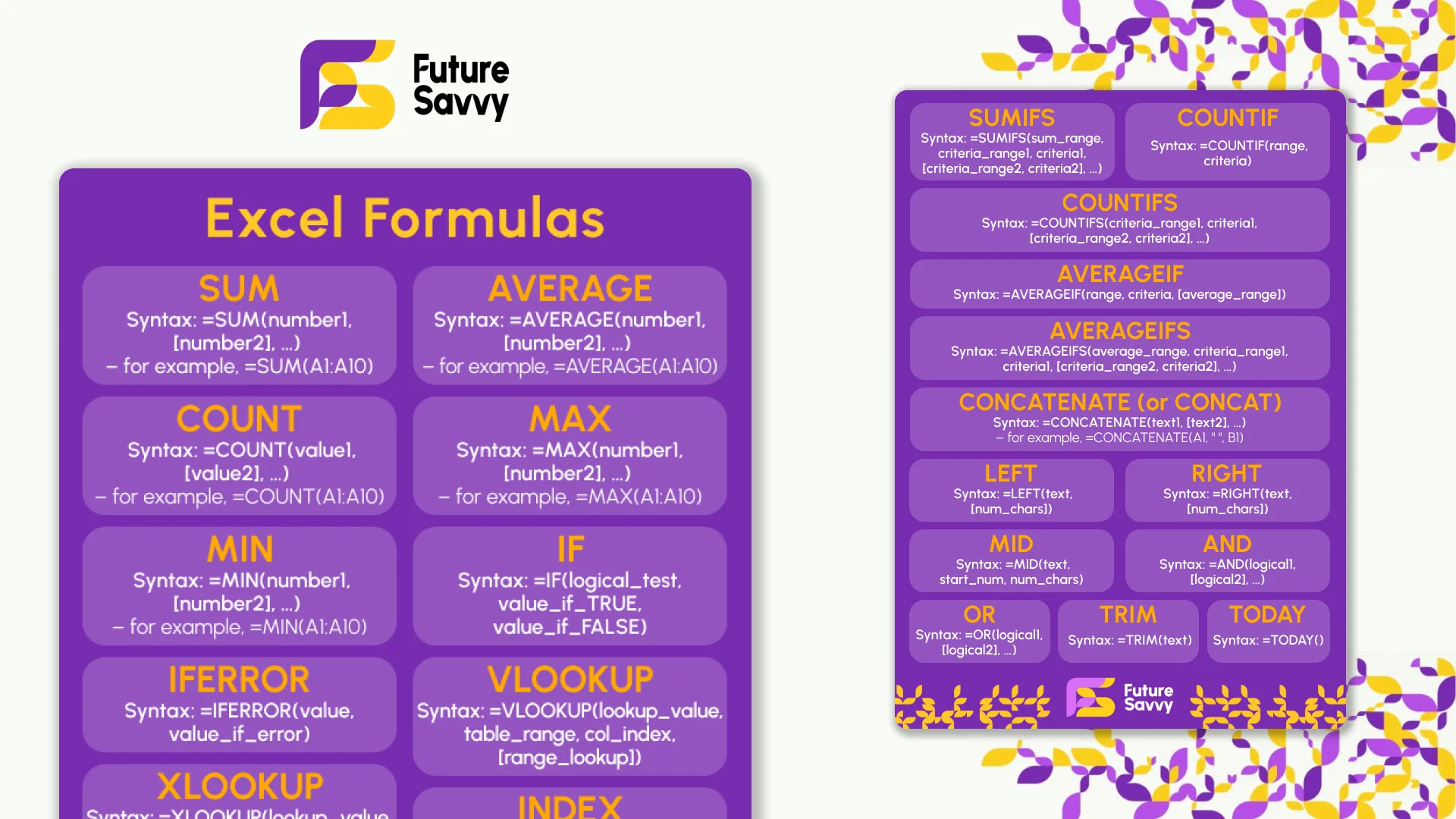- L&D INSIGHTS/
- UK skills shortage: 9 in 10 employers can’t find the skills/


UK skills shortage: 9 in 10 employers can’t find the skills
- L&D INSIGHTS/
- UK skills shortage: 9 in 10 employers can’t find the skills/
UK skills shortage: 9 in 10 employers can’t find the skills
How many promising candidates have you lost to a higher bidder this year? If you’re an SMB leader in the UK, the answer is likely more than a few. The hiring market is tougher than ever, and a stark statistic from our new white paper confirms what many are feeling: 9 in 10 employers are now struggling to find the skills they need. This is a fundamental barrier to growth.
For too long, the default solution has been to post another job ad and hope for the best. But when the talent pool is this shallow, that strategy is doomed to fail. The winning playbook for today’s SMBs isn't about outbidding competitors for scarce talent; it's about systematically building that talent from within.
This article builds upon our last piece and shows you how to solve the skills shortage by investing in your current team, building practical data confidence, and creating an internal pipeline of future leaders.
Background & Evidence
As studies show, the UK’s skills gap is very real – and very costly. Consider these findings:
- 79% of surveyed SMBs report skill gaps in their workforce. Around 70% of small business leaders struggle to find the right people, and even new hires often fall short (63% of employers say new recruits lack necessary skills).
- Hiring externally to fill those gaps is expensive: external candidates often command a ~20% higher salary than similar internal hires (on top of recruitment fees).
- Basic skill shortages translate to lost productivity – analysts estimate roughly £10bn in output is lost annually in the UK because employees aren’t adequately digitally skilled.
- A global study by Accenture and Qlik found that 74% of employees feel overwhelmed when working with data, and 61% say it contributes to workplace stress.
- Employees without training feel the strain: about three-quarters feel overwhelmed by data at work, and nearly one-third have taken sick days due to stress from information overload.
- Poor data confidence leads to errors as well – for example, a spreadsheet mistake in a UK government bid once caused a £40 million loss – a risk no business wants to take.
In short, our research highlights three critical costs of this skills shortage for SMBs:
- The Hiring Premium: When you do find a suitable external candidate with in-demand digital or data skills, they come at a high price.
- The Productivity Drain: The skills gap isn’t just about the roles you can’t fill; it’s about the potential you’re not unlocking in your current team.
- The Human Cost: Beyond the balance sheet, there's a tangible impact on employee wellbeing. Many staff report feeling overwhelmed and under-confident when faced with data-related tasks.
To solve the skills shortage - start with the definitions
The solution begins with reframing the problem. The skills shortage feels like an external market issue, but the most effective remedies are internal. It’s about building capability, not just buying it.
What “Data” Really Means Day to Day
For most SMBs, the term “data skills” can be intimidating, conjuring images of complex algorithms and PhD-level statisticians. The reality is far more practical. On the shop floor or in the back office, data literacy is about using everyday information to make smarter, faster decisions.
It’s the warehouse manager using stock figures to prevent over-ordering. It’s the sales associate using the Customer Relationship Management (CRM) system to identify and follow up on the warmest leads. And it’s the finance clerk spotting invoice discrepancies before they become costly problems. These aren't advanced analytics; they are foundational competencies that turn information into action.
Three Basic Skills that Can Help Address the Skills Shortage
Instead of aiming for data science mastery, focus on empowering your team with three achievable skills:
- Clean Data: This is about basic digital hygiene. It means teaching staff to enter information consistently, use standardised fields in spreadsheets, and understand why accurate input is critical for everything that follows.
- Basic Analysis: This is the ability to ask questions of your data. It involves equipping employees with fundamental tools in software like Excel, such as sorting, filtering, and using simple formulas, to find patterns and answers.
- Clear Visuals: This is the skill of communication. An insight is useless if it can’t be understood. Training staff to create simple, clearly labelled charts or one-screen dashboards ensures that their findings can be shared and acted upon quickly by management.
Download our Excel Formulas Cheat Sheet
 Download now
Download nowStaff Training: Apprenticeships, Bootcamps, Mentors
In our last article, we discussed the benefits of upskilling and reskilling. Building an internal talent pipeline is achievable with deliberate effort. For example, you can try some of the following approaches.
- Apprenticeships – Bring in junior staff (as apprentices or entry-level hires) and train them in the specific skills your business needs. This way you grow talent with the exact competencies required, often supported by government training grants.
- Internal “bootcamps” – Run short, focused training sessions for your staff. Even dedicating a few hours per week to learning can pay off as employees quickly apply new skills, thus closing the skills shortage gap.
- Mentoring and peer learning – Leverage the strengths already in your team. Pair less tech-savvy employees with colleagues who excel in certain tools (your Excel and POS system experts) for on-the-job coaching. If possible, invite external experts occasionally for workshops.
Ready to design your own upskilling programme? Download the full Future Savvy White Paper for detailed training templates and ROI calculators.
Employer Brand: Market Learning, Not Perks
Finally, this internal focus fundamentally changes how you attract and retain talent. Development opportunities are a primary driver of employee loyalty. One survey found 94% of workers would stay longer at a company that invests in their development. This is especially true for younger workers; a 2025 CIMA report found 76% of professionals under 35 believe a lack of skills training is holding back their career.
The most attractive SMB employers are shifting their value proposition. They’re moving away from advertising office perks and are instead marketing clear learning paths, funded certifications, and dedicated project time. When you advertise a role, you’re not just offering a job; you’re offering a trajectory.
The Cost of the Skills Shortage: A Case Study
Consider a regional logistics firm with 12 employees in its operations team. They were struggling with inaccurate delivery reports, which were manually compiled in Excel. The process was slow, prone to errors, and made it difficult to track fleet efficiency. They considered hiring a dedicated data analyst at a salary of £40,000 but were hesitant due to the cost and the difficulty of finding the right person.
Instead, they invested £1,500 in advanced Excel and dashboard training for a motivated operations coordinator. Over six weeks, she learned to automate the data cleaning process and build a simple, one-page dashboard that visualised key metrics in real-time.
The results were immediate. Each of the 12 team members saved approximately 20 minutes per day previously spent on manual checks and queries- a productivity uplift of over 4%. The firm avoided the need for a new hire, saving the £40,000 salary plus the ~£8,000 hiring premium. The total investment paid for itself in under 10 weeks, and the newly upskilled coordinator became a mentor for her colleagues, signalling to the whole team that growth at the company was a real possibility.
Checklist: From Job Ad to Onboarding
To embed this philosophy into your operations, integrate skills development into every stage of the employee lifecycle:
- Define skills clearly in your job adverts, focusing on capabilities over credentials.
- Design a practical assessment task that mirrors a real-world challenge.
- Present a 30/60/90-day learning plan during the interview process.
- Assign a mentor or skills buddy from day one of onboarding.
- Set both performance and learning goals for the first quarter.
- Establish a baseline for key KPIs to measure the impact of new skills.
The UK skills shortage is a formidable challenge, but it is not insurmountable. The solution isn't about finding more skilled people; it's about creating them. By demystifying data and investing in foundational competencies, you build a resilient, adaptable team that becomes your single greatest competitive advantage.
To help you take the next steps, Future Savvy’s new White Paper: The Impact of Skills Underinvestment on UK SMBs offers practical tools and insights. In the white paper, you’ll find templates for training plans, detailed ROI calculations, and the full data methodology behind these statistics.
Related Articles

Digital skills gap: £63bn a year hit for UK SMBs
UK SMBs collectively lose £63bn a year to the digital skills gap - about £3,800 per employee - driven by countless small inefficiencies. The article pinpoints three drains: process inefficiency, errors and rework, and underused software and illustrates gains via a case study where targeted enablement improved billable hours and cut rework. It recommends a pragmatic 90-day plan: audit key workflows, deliver focused training with “digital champions,” then track ROI and bake improvements into SOPs.

Why Staff Turnover in the UK Is Spiking
The article explains that UK SMBs are facing costly first-year staff turnover, largely due to underinvestment in employee skills rather than bad luck. It breaks down the true cost of churn - hiring, onboarding, and long ramp-up times- and shows how structured training, 30-60-90 day learning paths, and better onboarding can dramatically improve retention, productivity, and profitability. Using concrete maths, a hotel case study, and practical KPIs, it gives leaders a framework to calculate their own churn costs and build data-driven training programmes that keep employees longer.

6–12%: The Productivity Boost: The Real ROI From Reskilling & Upskilling
Reskilling and upskilling offer UK SMBs a fast, low-risk way to boost productivity by 6–12%, often delivering full ROI within a single quarter. By building skills internally rather than relying on expensive external hires, companies can close capability gaps, fully leverage existing tools, standardise best practices, and strengthen employee engagement and retention.
